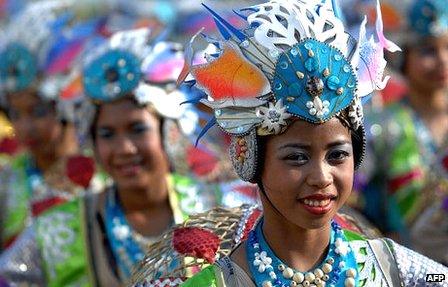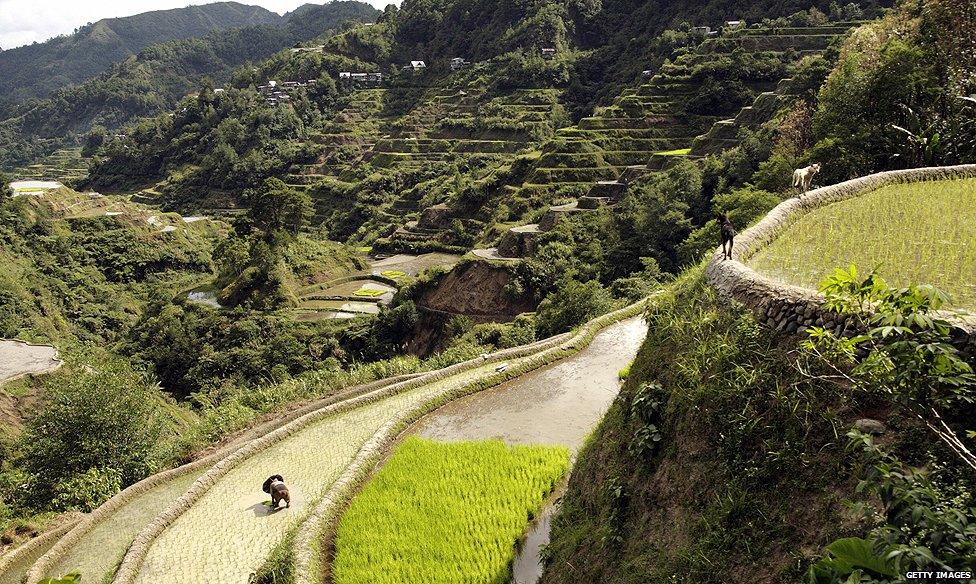Philippines profile - Overview
- Published

More than 7,000 islands make up the Philippines, but the bulk of its fast-growing population lives on just 11 of them.
Although endowed with many fine beaches and a growing tourism industry, much of the country is mountainous and prone to earthquakes and eruptions from around 20 active volcanoes. It is often buffeted by typhoons and other storms.
The Philippines - a Spanish colony for more than three centuries and named after a 16th century Spanish king - was taken over by the US in the early 20th century after a protracted civil and armed campaign for independence from Madrid that began in 1896. Spanish and US influences remain strong, especially in terms of language, religion and government.
Self-rule in 1935 was followed by full independence in 1946 under a US-style constitution. The Philippines was marked by rapid economic development and a flourishing democracy until the rule of President Ferdinand Marcos, a close ally of the US, who imposed martial law in the early 1970s.
His corrupt and repressive rule led to economic stagnation and growing public discontent, culminating in mass demonstrations in 1986 that cost him the support of the armed forces.

The annual Aliwan Fiesta brings together performers from across the Philippines
Although the country has remained a democracy since the fall of President Marcos, it enjoyed little stability for decades thereafter. President Joseph Estrada was forced out of office in 2001 after months of protests at his corrupt rule, and there were a number of coup attempts against his successor, Gloria Arroyo.
On the southern island of Mindanao, Moro rebels fought for 40 years for a separate Islamic state within the mainly-Catholic country. The decades-long conflict claimed more than 120,000 lives before a peace deal in 2012 laid the ground for greater Muslim autonomy in the south.
The radical Islamist Abu Sayyaf group, which is linked to Al-Qaeda, continues intermittent attacks on the island of Jolo.
Since 1969, the government has also faced a protracted guerrilla campaign across much of the country by the communist New People's Army (NPA). A serious effort at talks in February 2011 resulted in an agreement with the NPA to work towards a peace deal by 2012, although mutual distrust remains a problem.
The economy, one of the region's best-performing in the 1990s, slowed down at the turn of the 21st century but has recovered steadily since 2004. The Philippines now ranks as one of the most promising newly-industrialised countries, with its export economy moving away from agriculture to electronics, petroleum and other goods.
The prospect of peace could open up the resources-rich south to foreign investment, which is still overshadowed by the billions of dollars sent home each year from the huge expatriate workforce. These remittances, like the tourism industry, leave the country vulnerable for the time being to any negative global economic trends.
The Philippines has one of the highest birth rates in Asia, and forecasters say the population could double within three decades. Governments have generally avoided taking strong measures to curb the birth rate for fear of antagonising the Catholic Church, but the current administration managed to get a law passed in parliament making contraception more widely available.

Rice paddies in mountainous Ifugao province: Rice is a staple food in most of the Philippines